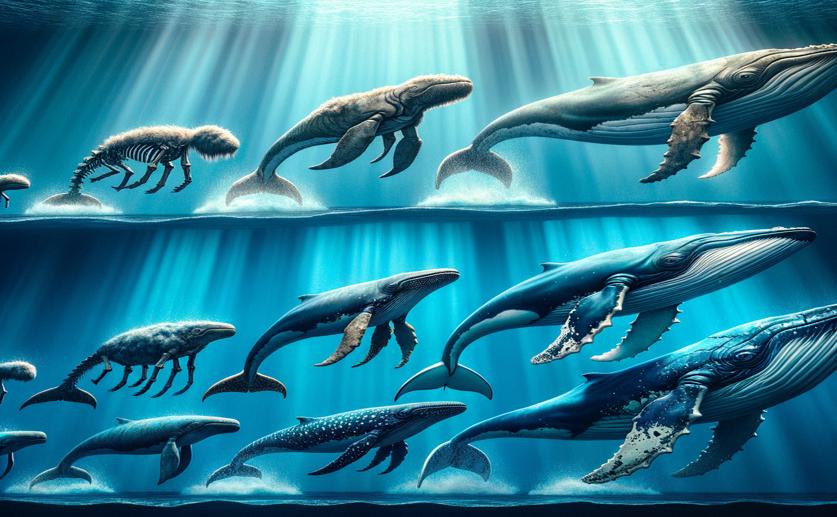
How Whales Evolved to Dive Deeply
Jim Crocker
7th April, 2024

Image Source: Natural Science News, 2024
Key Findings
- Whales and dolphins have evolved special lung features that protect them from decompression sickness (DCS)
- Their lungs have more elastic fibers and thicker walls, which help control gas exchange and prevent nitrogen bubbles during surfacing
- Understanding these adaptations may lead to better prevention and treatment of DCS in humans
GeneticsMarine BiologyEvolution
References
Main Study
1) Evolutionary genetics of pulmonary anatomical adaptations in deep-diving cetaceans
Published 4th April, 2024
https://doi.org/10.1186/s12864-024-10263-9
Related Studies
2) Decompression illness.
3) Decompression and decompression sickness.
4) Breath-Hold Diving-Related Decompression Sickness with Brain Involvement: From Neuroimaging to Pathophysiology.



 9th March, 2024 | Jim Crocker
9th March, 2024 | Jim Crocker